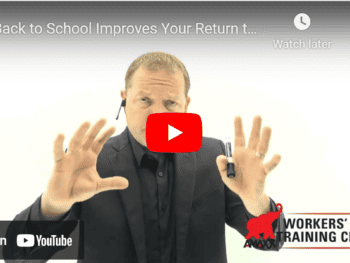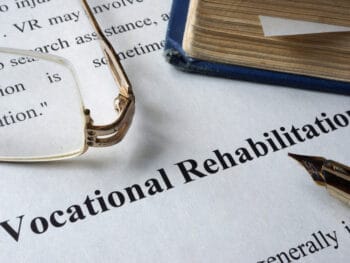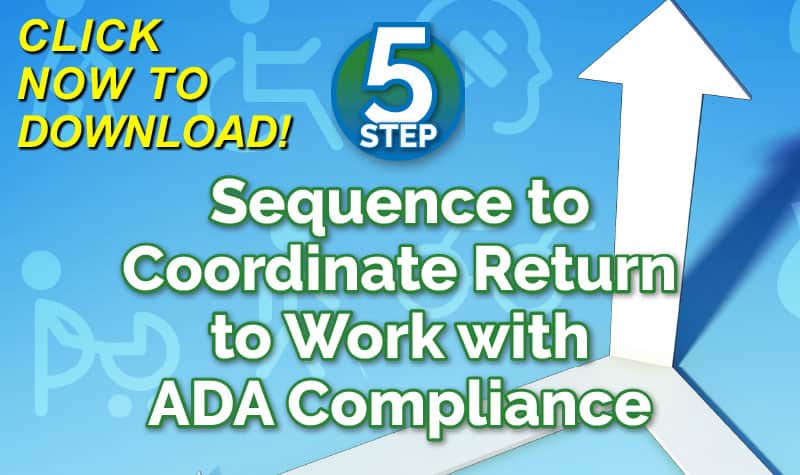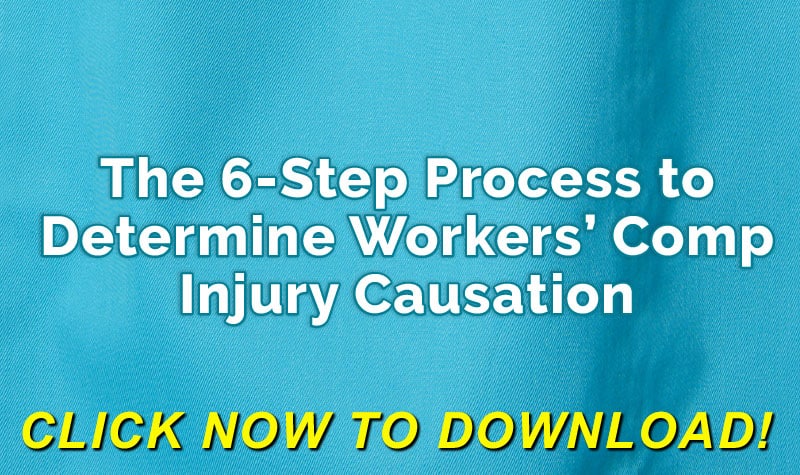| Simple fracture | 6 to 8 weeks |
| Compound fracture | 8 to 16 weeks |
| Fracture with surgical intervention | 18 to 30 weeks |
| Simple sprains | 6 to 10 weeks |
| Simple strains | 4 to 6 weeks |
| Surgical recoveries | 6 to 24 weeks |
| Burns, first degree | 3 to 6 days |
| Burns, second degree | 2 to 3 weeks |
| Burns, third degree | 12 to 40 weeks, depending on percent of body surface |
| Anterior Circulate Ligament (ACL) | 3 to 4 months |
| Rotator cuff | 3 to 4 months |
| Lumbar surgery | 8 weeks to 6 months |
| Cervical surgery | 6 weeks to 3 months |
The total disability recovery time for an injury depends upon the severity of the injury and the medical condition of the employee prior to the injury. Anytime the employee's recovery from the injury is taking longer than the minimum amount of time needed, a nurse case manager or an independent medical evaluation should be considered. By properly monitoring the medical care, the employer and the adjuster will be able to know if the medical recovery is
Author Rebecca Shafer, JD, President of Amaxx Risks Solutions, Inc. is a national expert in the field of workers compensation. She is a writer, speaker and website publisher. Her expertise is working with employers to reduce workers compensation costs, and her clients include airlines, healthcare, printing/publishing, pharmaceuticals, retail, hospitality and manufacturing. RShafer@ReduceYourWorkersComp.com

















